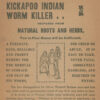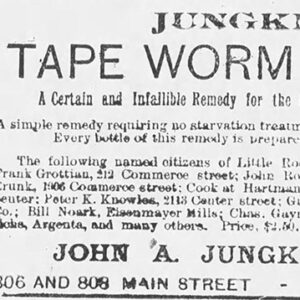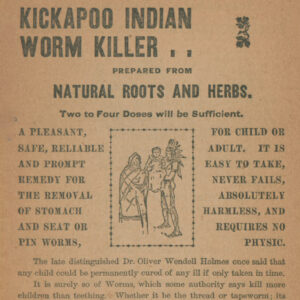calsfoundation@cals.org
Geophagy
aka: Geophagia
aka: Pica
Geophagy, or geophagia, is the practice of consuming dirt or clay. In the United States, the practice is associated with the South, where clay is still sold for consumption in some rural areas. Humans regularly ingest dirt in trace amounts in everyday life, but most Western societies declare a threshold at which deliberate consumption is treated as a symptom of physiological or psychiatric disease (called pica). Although geophagy is often met with disgust or dismissed as prehistory or pathology, it exists in many cultures around the world as a healthful if not vital practice.
There are a number of reasons why humans might deliberately consume dirt. Some practitioners believe that the soil or clay affords nutrients and minerals, such as iron, calcium, and potassium, that may otherwise be absent from the diet. Others take it medicinally to soothe gastrointestinal disorders, to detoxify the body, or to boost the immune system. Poverty seems to be a widespread correlate of the practice; soil acts as an indigestible placeholder when food is scarce. Geophagy is not without risk, however, as excessive consumption of earthen materials can result in vitamin deficiencies, infectious disease, lead poisoning, and bowel impaction.
Geophagy has been observed among children and pregnant women in rural cultures across Sub-Saharan Africa, Europe, and South Asia from antiquity. Indigenous peoples of the Americas are also reported to have consumed soil. West Africans brought the practice to the American South during the slave trade. Whether slaves intended to supplement their diet or to induce illness is uncertain, but plantation owners reviled the seemingly harmful practice. Repeat offenders were often made to wear a muzzle to keep them from indulging again.
Geophagy was taboo in early American society primarily because it was believed that intestinal parasites, a common affliction among young children, were acquired through eating dirt. Conversely, the desire to consume dirt was deemed a symptom of hookworm disease, which was prevalent in Arkansas and other parts of the South in the nineteenth and early twentieth centuries wherever sewage ran freely in the streets and children often went without shoes. The 1880 Mortality Schedule for Prairie and Spring Hill townships in Drew County lists simply “eating dirt” as the cause of death for Mary Towson, a seven-year-old African-American girl. Aversion to geophagy has remained largely unchanged due to the aforementioned risks associated with the practice, yet there has been a resurgence in research surrounding it in conjunction with the “hygiene hypothesis”—the theory that exposure to infectious disease is integral to a child’s immunologic development.
Testimony from contemporary “dirt eaters” reveals that geophagy is hardly an indiscriminate practice. On the contrary, practitioners who have moved away from Arkansas reportedly seek out ways of purchasing their favorite clays, from Hope (Hempstead County) to Forrest City (St. Francis County). Raw and processed clays may also be found in stores and markets across the rural South and online.
For additional information:
Abrahams, Peter. “Human Geophagy: A Review of Its Distribution, Causes, and Implications.” In Geology and Health: Closing the Gap, edited by H. Catherine Skinner and Antony R. Berger. New York: Oxford University Press, 2003.
Calahan, Gerald N. “Eating Dirt.” Emerging Infectious Diseases 9 (August 2003): 1016–1021.
Halsted, James A. “Geophagia in Man: Its Nature and Nutritional Effects.” American Journal of Clinical Nutrition 21 (December 1968): 1384–1393.
Laufer, Berthold. Geophagy. Chicago: Field Museum Press, 1930.
Woywodt, Alexander, and Akos Kiss. “Geophagia: The History of Earth Eating.” Journal of the Royal Society of Medicine 95 (March 2002): 143–146.
Monica Madey Mylonas
Center for Arkansas History and Culture
 Folklore and Folklife
Folklore and Folklife Food and Foodways
Food and Foodways Malnutrition
Malnutrition Worms [Medical Condition], Traditional Remedies
Worms [Medical Condition], Traditional Remedies Worm Cure Ad
Worm Cure Ad  Worm Killer Ad
Worm Killer Ad 




Comments
No comments on this entry yet.